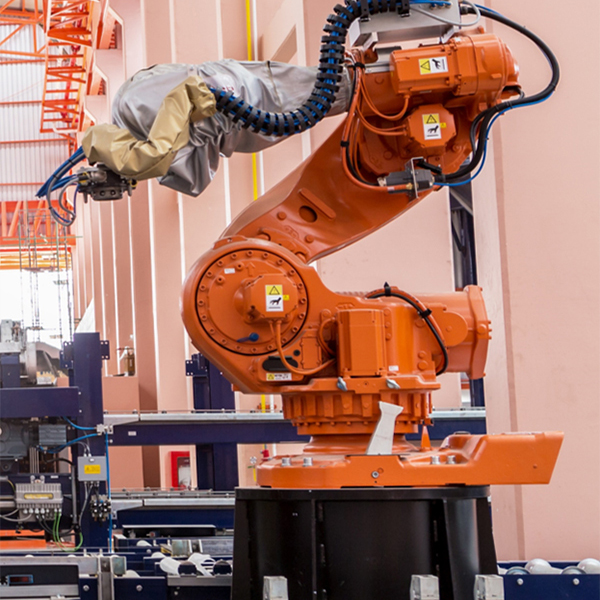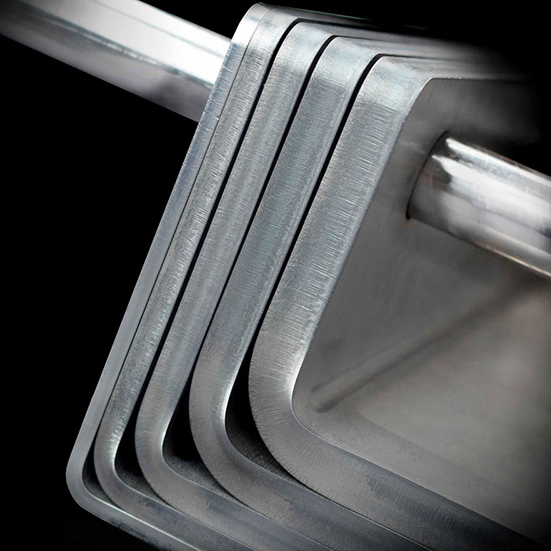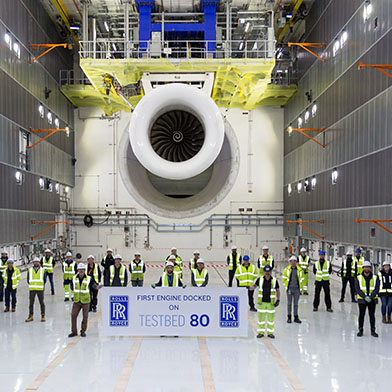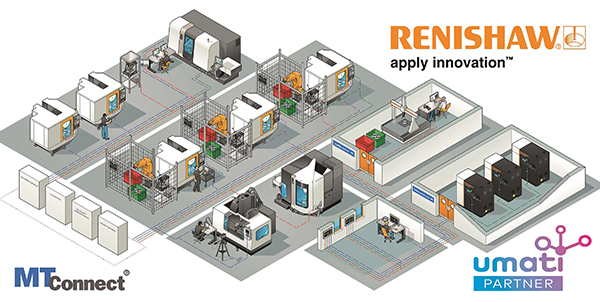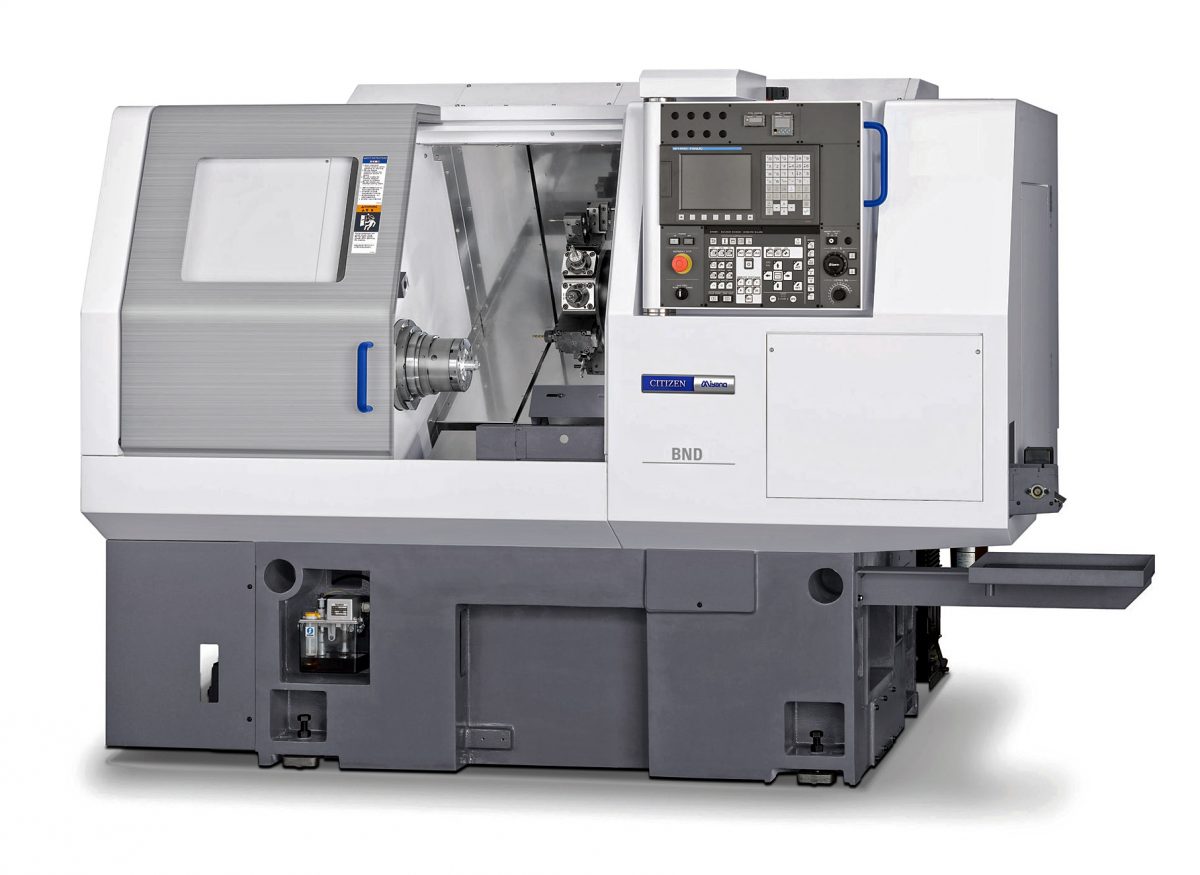
Belgrave & Powell, a specialist engineering services group, has acquired 100% of the shares of Autotech Robotics, based in Plymouth, UK. The acquisition will form part of Belgrave & Powell’s Machine Technology Group (MTG). Established in 1989, Autotech Robotics is a provider and integrator of robotic systems across the automotive, aerospace, marine and metal-processing industries.
Paul Ward, a partner in Belgrave & Powell who will lead the company as part of the MTG, says: “Coupled with our other machine tool, engineering and automation specialists, the MTG now has sizeable scale and capability across a range of robotic and automation platforms. Our focus will be on automated cells for machine loading, vision systems, robotic welding, cutting, forming, painting and handling, initially for the metalworking industries, but followed by expansion into other sectors.”
For further information
www.autotech-robotics.com






